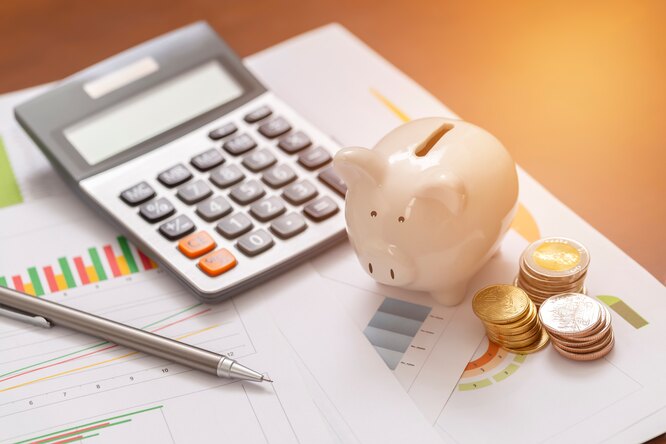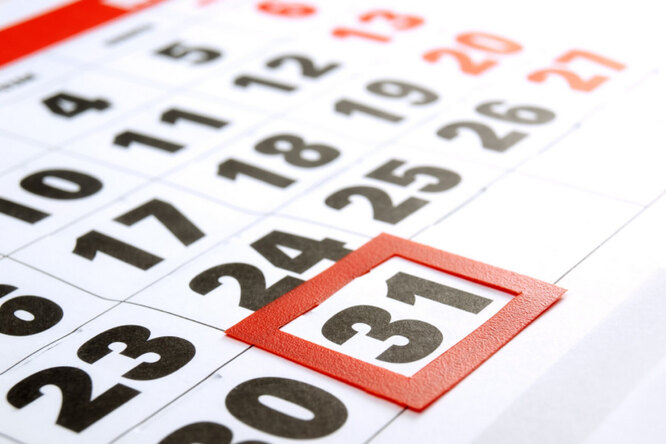According to surveys, 70% of Russians do not have savings that would allow them to survive the loss of a job or problems requiring heavy expenses. That’s why today we’ll talk about how to create a financial safety net and why we can’t do it.
The wording does not matter: how to create a financial reserve, how to ensure financial stability and reliability, how to create a crisis fund, how to create a reserve of funds for emergencies – all this is the same question. The bottom line is that you should have cash in case of emergency difficulties – you could say it is a charged external battery that sits idle until a power outage occurs .
Many of us have thought about how to save money to build a financial safety net, but almost no one has thought about where and in what form to store it and what it can be used for. We will try to clarify these aspects – here are the rules you need to know.
You need a goal










